
Our hair is a canvas of expression, a reflection of our identity, and an indication of our commitment to wellness. But how often should we trim it? This article tells you the secrets behind optimal hair-cutting frequency, drawing insights from expert stylists.
Understanding Hair Growth

Hair doesn’t abide by a universal timeline. Knowing your hair’s growth cycle is key to determining when it needs a spruce. Factors such as genetics, hormonal changes, and overall health can affect the rate at which your hair grows, making it essential to pay attention to your individual hair needs.
Emergency Repairs
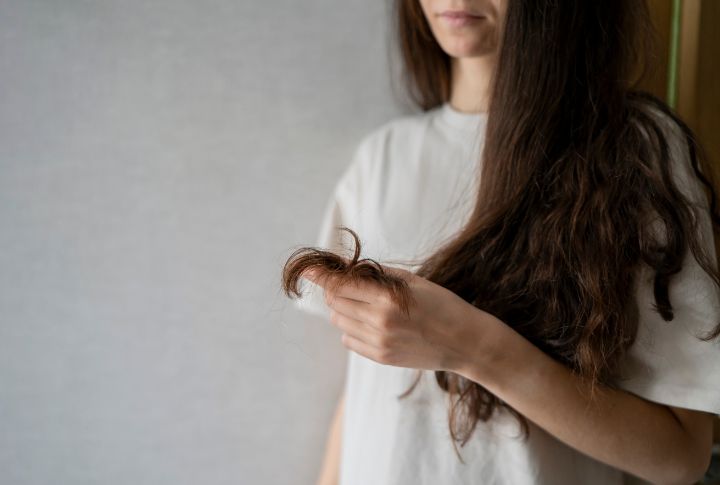
Sometimes, life happens, and we can be caught in a bad situation that causes us to need a new trim. This can come in many forms, be it sickness or an experiment gone wrong. Once this happens, don’t be afraid to ask for help, as you might do more harm than good.
Consultation with Stylists

Consult a professional to determine your hair type, lifestyle, and goals to tailor a trimming schedule to your needs. A stylist can provide personalized recommendations based on their expertise and knowledge of current hair trends, helping you achieve the look you desire while maintaining the virility of your hair.
Hair Texture and Type

A hair’s unique texture dictates its care routine, including how often it needs to be cut. Curly hair, for example, tends to be more prone to dryness and breakage, necessitating consistent trims to maintain its styling and prevent split ends.
Maintaining Style and Shape

Regular cuts are essential for preserving the style and shape of your fresh cut. You can check in with your stylist regularly to ensure your hair remains well-maintained and continues to complement your overall look. On the other hand, if you are adept enough, a daily touch-up to address the flyaways won’t hurt.
Frequency Guidelines

While shorter hairdos may necessitate more frequent trims to maintain their shape, longer hair may require less frequent upkeep. Your hairstylist can provide specific recommendations based on your hair length, texture, and desired style, helping you establish a trimming cycle that works for you.
Addressing Split Ends and Damage
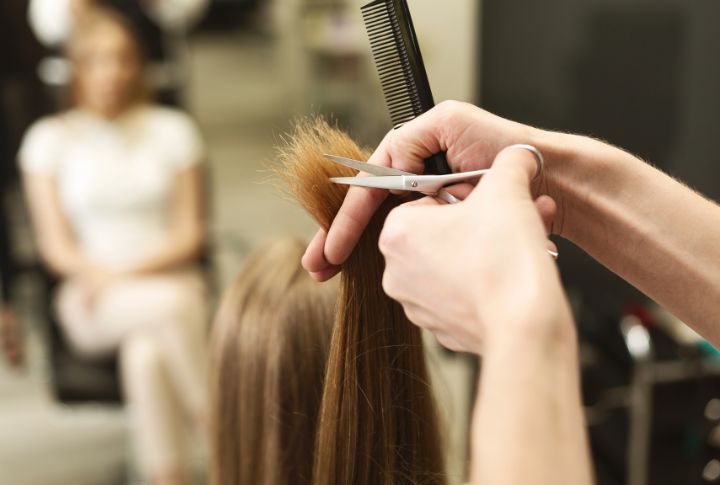
Trimming damaged ends prevents further breakage and maintains overall hair health, so listen to your stylist’s advice when it’s time for a cut. A consistent hair care routine can help stop split ends from ruining the hair shaft and causing more significant damage, ultimately promoting healthier, stronger hair.
Avoiding Overcutting
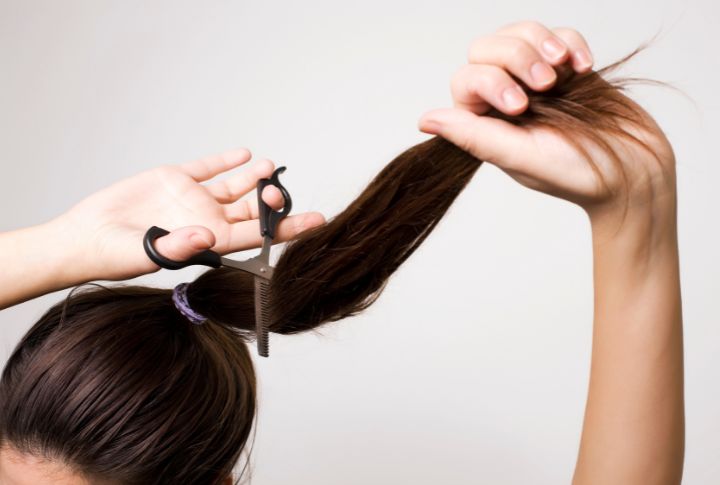
While regular trims are important, excessive cutting can lead to loss of length and potential damage, so find the right balance for your hair. Communicate openly with your stylist about your hair goals and concerns to ensure that your schedule aligns with maintaining the virility and integrity of your hair.
Experimentation and Adjustment
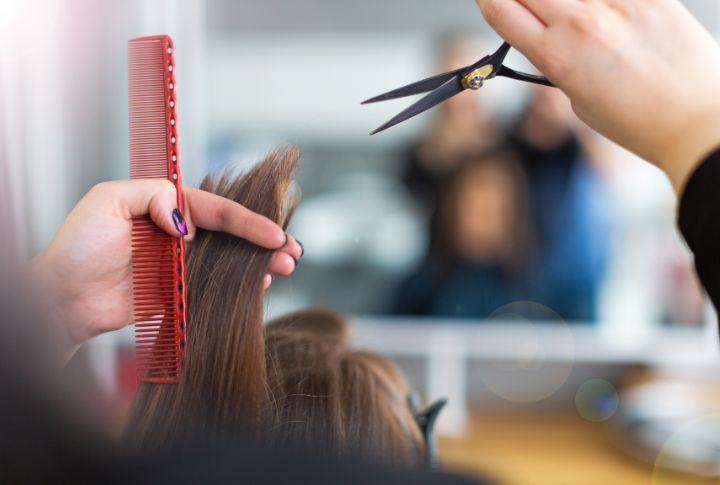
Don’t be afraid to experiment with different trimming frequencies and adjust based on how your hair responds over time. Your hair’s needs may change with seasonal changes, lifestyle adjustments, or hormonal fluctuations, so remain flexible in finding the right cutting timeline.
Listening to Your Hair

Pay attention to your hair’s signals, such as changes in texture and appearance, to gauge when it’s time for a trim. If your hair feels dry, brittle, or lacks its usual bounce and vitality, it may be a sign that it’s due for a cut to remove damaged ends and promote healthy growth.
Professional Maintenance

Periodic visits to a trusted hairdresser are critical for professional assessments and treatments that keep your hair healthy and vibrant. They can determine any underlying issues, such as scalp conditions or excessive shedding, and provide targeted treatments to address them, ensuring that your hair remains in optimal condition.
DIY Maintenance
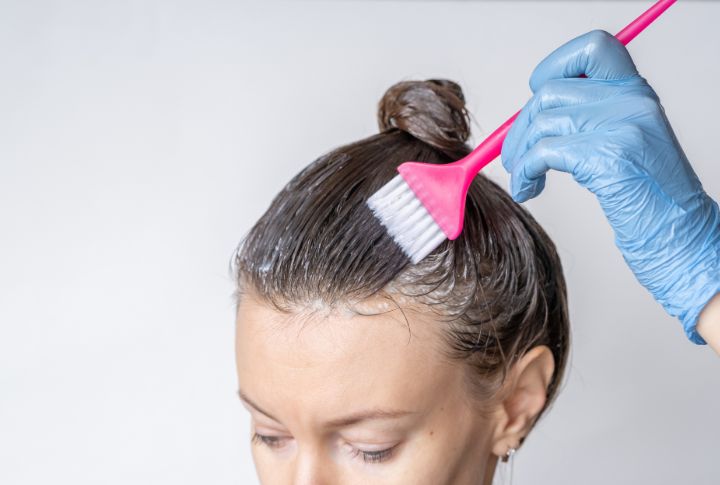
Between salon visits, maintain your hair’s health with quality products and techniques that minimize damage and promote growth. Use nourishing hair masks, protective styling techniques, and heat styling tools sparingly to prevent unnecessary stress on your hair and prolong the time between cuts.
Long-Term Hair Goals

Consider your desired hair length and do so when determining your schedule to ensure you’re on track to achieve your goals. Whether you’re growing out your hair for a specific look or prefer a low-maintenance style, periodic trims are vital for keeping your hair healthy and looking its best.
Personal Preference

Your lifestyle and personal preferences play a major role in determining how often you should cut your hair, so communicate openly with your stylist about your needs. Consider factors such as your activity level, styling routine, and desired level of care when establishing a schedule that works for you.
Embracing Hair Growth as a Journey

View your hair care routine as a journey of self-discovery and self-expression, where finding the right frequency is a part of the process. Unfortunately it’s not a one size fits all journey so the best option is embracing the natural fluctuations in your hair’s growth cycle and trusting the expertise of your salonist to help you traverse the path to healthy, beautiful locks.
